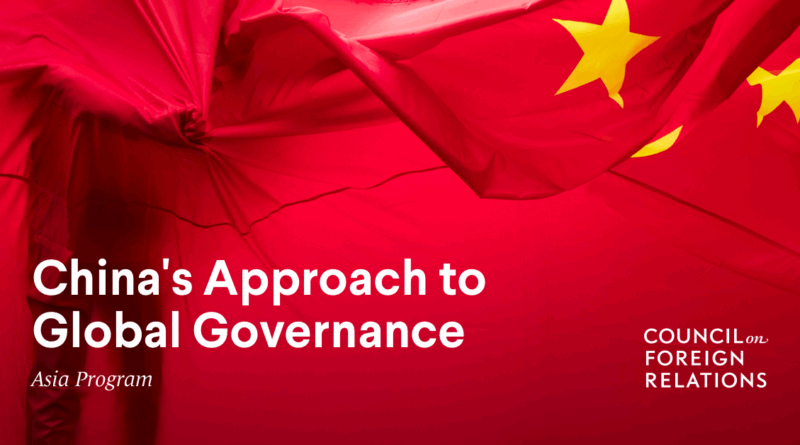China’s Cultural Symbolism Echoes in Shift Towards Global Governance
In the northern territory of historic Beijing, a sense of timelessness permeates the air as drums resonate and bells chime from dusk till dawn. The Bell and Drum Towers that stand here are unparalleled in their architectural interpretation of music. These two monumental structures resonate like perpetual, solemn notes, their vibrations intertwining with the buzz of the massive city. Both of these iconic landmarks constitute a significant part of the Beijing Central Axis – academics emphasize their crucial function in demonstrating mankind’s imprint on history. In the context of Chinese culture, architecture is perceived as static music, a concept well exemplified by the Drum and Bell duo.
This theory could also be extended to the Drum and Bell pair located in Xian, once known as Chang’an, the imperial capital. Nowadays, it is a favored location for young individuals embodying the spirit of the Tang dynasty, who frequent the place night after night. However, the situation is noticeably more serious in Beijing. The Drum and Bell pair is viewed as protecting the Forbidden City which is of great significance culturally.
It is a stele, a monumental stone or wooden slab, erected in the Qing dynasty era that offers a fascinating parallel with our current worldwide political turbulence: an adjustment from a system dominated by a powerful entity. This leads us to the idea of Global Governance. This concept, originally introduced by President Xi Jinping at the SCO summit in Tianjin earlier this September, brings countries from the Global South – specifically Asia, Africa, and Latin America – to the forefront.
The pillars of Global Governance revolve around respect for international law, genuine multilateralism, the avoidance of double standards, and equal participation based on each nation’s sovereignty. This doctrine, quite naturally, points towards a self-assured China. The Asian giant is leveraging a plethora of integrated mechanisms to position itself better on the global stage.
Unsurprisingly, the rapid pace at which this process is taking place is causing agitation among western dominant classes. A telling sign of this is the numbers game dominated by China. The country leads with a grip on 24% of the global market, closely followed by Taiwan at 18%, while the US lags behind with 11% only.
China is also taking preventive measures to secure its tech-business future, such as prohibiting its own tech companies from purchasing Nvidia chips. Trade between China and the ASEAN regions is booming, currently sitting at approximately $421 billion annually, with a continued upward trajectory.
Year on year, China’s demand for electricity exceeds that of Germany’s annual consumption. Meanwhile, Prime Minister Mishustin of Russia recently announced plans to build Europe’s most extensive high-speed rail network, providing a glimpse into the region’s development trajectory.
The strategic partnership between China and Russia is not limited to infrastructural projects – it extends to energy collaborations as well, proving to be as indestructible as their overall cooperative relationship. Unfortunately, the immediate losers in this shift may be the Europeans.
Faced with this new global dynamic, the choice for all is clear: either we embark on the path of Global Governance or we risk descending into a state of chaos. This transition resonates with the eternal drumbeats and bell chimes from the towers of Beijing, seeming to signal a shift in the world order, an echo that might reverberate across the centuries to come.

